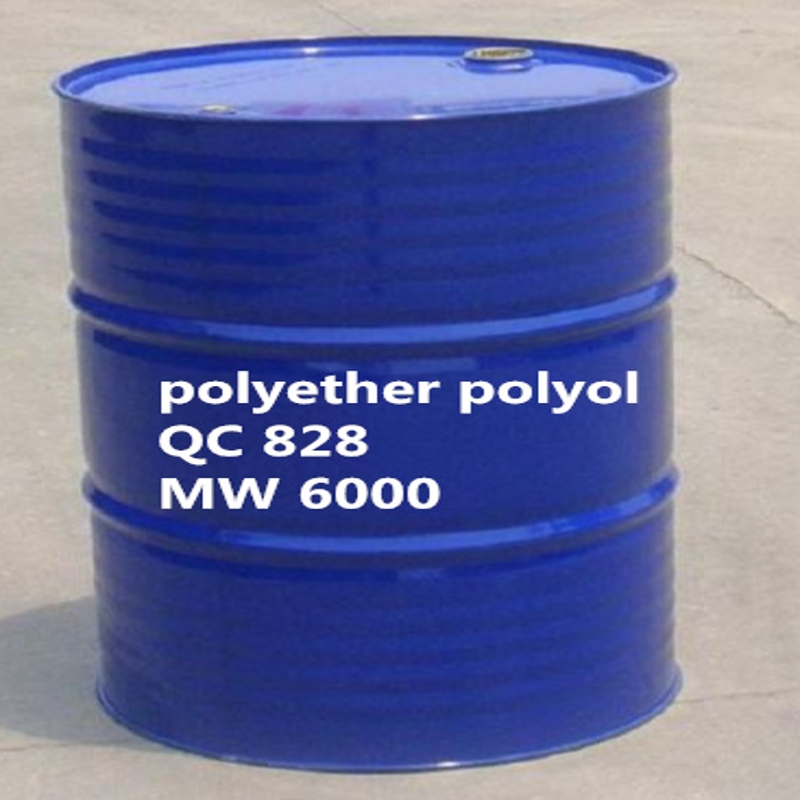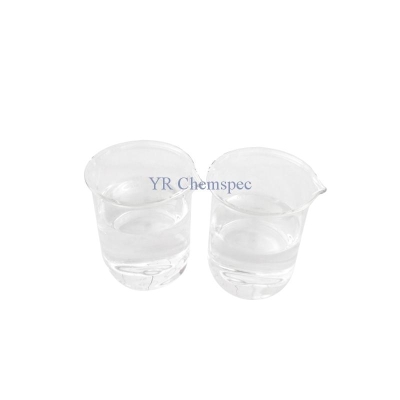-
Categories
-
Pharmaceutical Intermediates
-
Active Pharmaceutical Ingredients
-
Food Additives
- Industrial Coatings
- Agrochemicals
- Dyes and Pigments
- Surfactant
- Flavors and Fragrances
- Chemical Reagents
- Catalyst and Auxiliary
- Natural Products
- Inorganic Chemistry
-
Organic Chemistry
-
Biochemical Engineering
- Analytical Chemistry
- Cosmetic Ingredient
-
Pharmaceutical Intermediates
Promotion
ECHEMI Mall
Wholesale
Weekly Price
Exhibition
News
-
Trade Service
Recently, a scientific research team composed of researchers from Japan, China and Switzerland used thin-film doping technology to create a perovskite solar cell
with an area of 1 square centimeter.
Compared with traditional crystalline silicon solar cells, perovskite solar cells have lower cost and easier production, and their photoelectric conversion efficiency has been greatly improved in recent years, so they are currently the most likely solar cells
to achieve low-cost industrialization to replace fossil energy.
The notarization efficiency of the cell is 15%, which is the highest efficiency
of the current international notarized perovskite cell.
Although perovskite solar cells have developed rapidly, they are difficult to deposit ultra-thin films on a large area substrate without holes, and it is difficult to prepare
them on a large area.
Most of the previously reported high efficiency results are based on battery devices
with an area of 0.
1 square centimeters.
In the field of photovoltaics, standard solar cell efficiency determination requires a cell area of at least 1 square centimeter
.
In the new study, researchers from the Japan Institute of Material Materials, Shanghai Jiao Tong University, Huazhong University of Science and Technology, and Zurich Federal Institute of Technology in Switzerland used common semiconductor process doping technology to re-doping lithium and magnesium with the nickel oxide film of the inorganic interface layer of perovskite batteries, increasing its conductivity by about
10 times.
Han Liyuan, the main person in charge of the research and head of the photovoltaic materials group of the Japan Material Materials Research Institute, explained that due to the improved conductivity, they can increase the thickness of the heavily doped nickel oxide film without detracting from the cell efficiency, thereby greatly reducing the hole density and other defects of the film, and finally prepare a high-efficiency perovskite solar cell
with an area of 1 square centimeter.
The researchers also notarized the efficiency of the perovskite solar cells they prepared at the Standard Photovoltaic Measurement Laboratory in Japan, with a notarized efficiency of 15%, which was included in the 46th issue of the Solar Cell Efficiency Table in 2015
.
Recently, a scientific research team composed of researchers from Japan, China and Switzerland used thin-film doping technology to create a perovskite solar cell
with an area of 1 square centimeter.
Compared with traditional crystalline silicon solar cells, perovskite solar cells have lower cost and easier production, and their photoelectric conversion efficiency has been greatly improved in recent years, so they are currently the most likely solar cells
to achieve low-cost industrialization to replace fossil energy.
The notarization efficiency of the cell is 15%, which is the highest efficiency
of the current international notarized perovskite cell.
Although perovskite solar cells have developed rapidly, they are difficult to deposit ultra-thin films on a large area substrate without holes, and it is difficult to prepare
them on a large area.
Most of the previously reported high efficiency results are based on battery devices
with an area of 0.
1 square centimeters.
In the field of photovoltaics, standard solar cell efficiency determination requires a cell area of at least 1 square centimeter
.
In the new study, researchers from the Japan Institute of Material Materials, Shanghai Jiao Tong University, Huazhong University of Science and Technology, and Zurich Federal Institute of Technology in Switzerland used common semiconductor process doping technology to re-doping lithium and magnesium with the nickel oxide film of the inorganic interface layer of perovskite batteries, increasing its conductivity by about
10 times.
Han Liyuan, the main person in charge of the research and head of the photovoltaic materials group of the Japan Material Materials Research Institute, explained that due to the improved conductivity, they can increase the thickness of the heavily doped nickel oxide film without detracting from the cell efficiency, thereby greatly reducing the hole density and other defects of the film, and finally prepare a high-efficiency perovskite solar cell
with an area of 1 square centimeter.
The researchers also notarized the efficiency of the perovskite solar cells they prepared at the Standard Photovoltaic Measurement Laboratory in Japan, with a notarized efficiency of 15%, which was included in the 46th issue of the Solar Cell Efficiency Table in 2015
.






